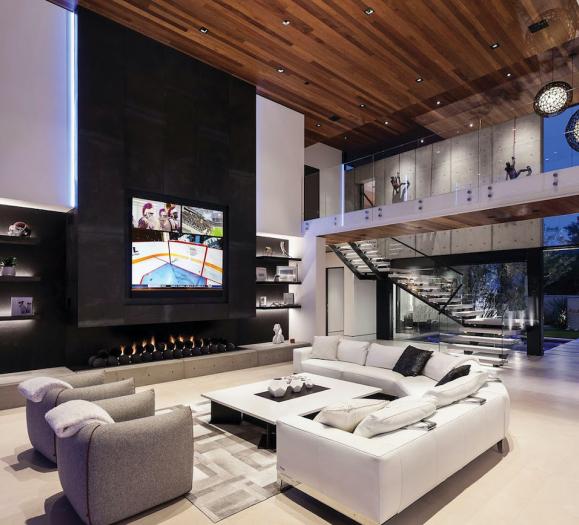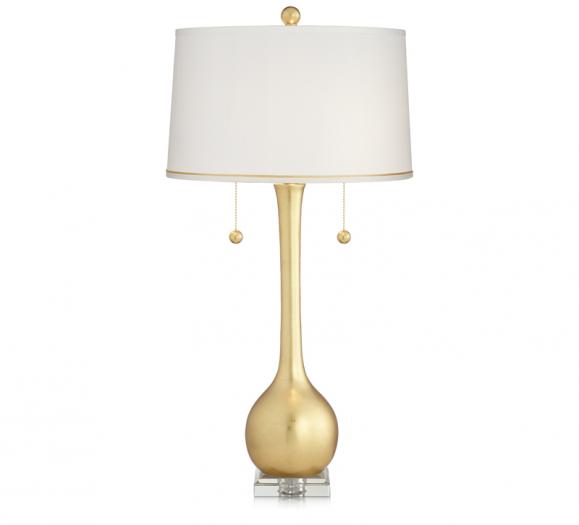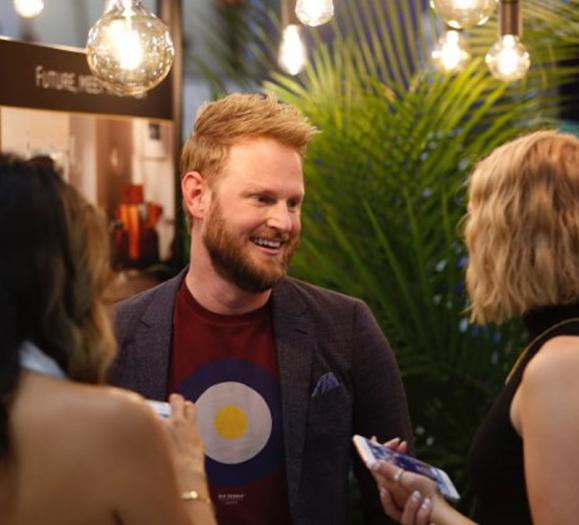Blue light is everywhere – it’s emitted from our phones, tablets, many types of lighting fixtures and the sun. Despite being so common, some consumers are in the dark when it comes to the facts about blue light. Here are some questions you might hear from customers, and how you can respond to shed some light on the myths and half-truths.
Concern #1: “Will blue light exposure give me cancer or make me go blind?”
Your Response: "No. It’s a myth that compact fluorescent lamps (CFLs), the energy-efficient and long-lasting bulbs designed to replace incandescent ones, give off hazardous levels of radiation. They can give off a trace amount of UV radiation, but this is negligible unless the light is extremely close to you."
Overexposure to blue light, especially from screens, can lead to digital eyestrain or discomfort. While some studies have connected excess blue light exposure to an increased risk of damage to the eye, no clinical evidence has demonstrated a link between blue light exposure to any long-term negative impacts on human eye health. As one study noted, “the real risk from artificial light (white or blue) exposure in humans is difficult to assess” at this time. Another study found that the level of blue light exposure from smartphones, LEDs and CFLs is not high enough to raise any public health concerns about retinal damage.
Concern #2: “Will exposure to blue light ruin my sleep schedule?”
Your Response: "Blue light actually helps regulate our sleep schedule, determined by our circadian rhythm. Light, and blue light in particular, lowers our melatonin production and sends a message to our brains and the rest of our organs to wake up and do their job. This is why a heavy dose of sunshine in the morning makes us more alert. So yes, it is true that blue light should be avoided in the hours leading up to bedtime. This can disrupt sleep patterns, which can make you groggy and cause other health problems. For many of us, cutting back on blue light at night doesn’t mean avoiding that lighting fixture in the living room – it means avoiding the glow of screens."
The best type of light for nighttime exposure is red light, which researchers have found does not reduce melatonin production. For customers looking to customize their bedroom lighting to their circadian rhythm, you can suggest red spectrum lights. Make sure to clarify that these don’t have to actually look red—it’s just the spectrum of the light. You can also suggest tunable and dimmable lighting systems.
Concern #3: “Don't all LED lights produce blue light?”
Your Response: "Nope. LED lights in general do tend to emit more blue light than incandescent bulbs, but not all of them do. LEDs can produce a range of color temperatures. "
Any type of lighting can emit blue light, so it’s up to you to know what suggestions to offer if a consumer is asking for a product emitting less blue light. With all of the products and customizable options out there, you can assure your customer that they'll find the right option for their needs.
Concern #4: “But I saw on the internet that…”
Your Response: "Be careful of where you’re getting your information. Make sure to check reputable news sources and medical journals rather than blogs and be wary of information from companies selling products like protective eyewear. Since they’re trying to sell you something, it’s in their best interest to sensationalize the issue of blue light. Since the impacts of any type of light exposure can vary from person to person, talking with your eye doctor about your health needs is a good step."
Reputable resources include medical journals like Nature, Environmental Health Perspectives and The New England Journal of Medicine. Other resources to check out are the Lighting Research Center along with media outlets like Science Magazine, Scientific American and The Atlantic.
Photo: Jonathan Velasquez







